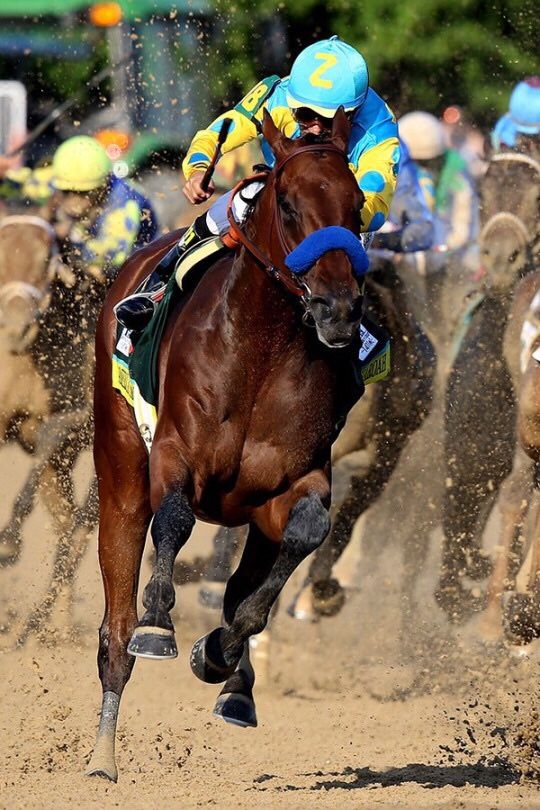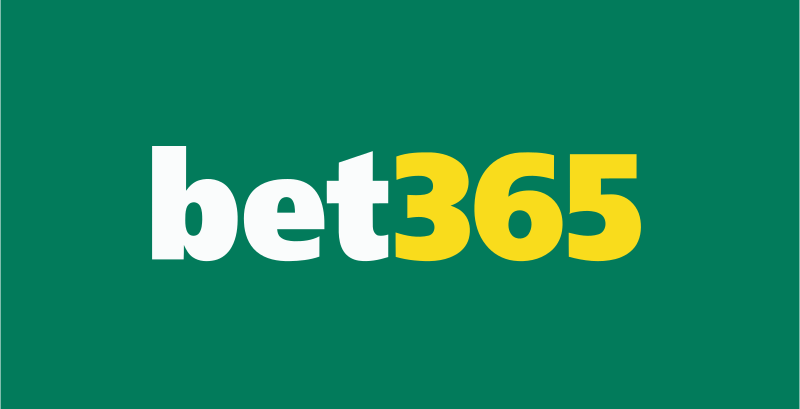How Often Does a FavoUrite Win
How Often Does a Favourite Win? The Australian Statistics
If you bet on horses or at least you have some experience, understanding who is the favorite is easy. Horse racing data analyses show different percentages regarding favorites and how they’ve performed over time.
Betting on a favourite is considered a slow way to win, and this keeps you in the game with more wins throughout the season. Having the data may help you beat other bettors if you are into serious horse betting. There is always a favorite sometimes with really low odds, sometimes with ok odds.

Favourites percentages explained
There is a favorite order ranging from number 1 to the last horse. Number one is the favorite; number 2 is the second favorite, while number three is the third favorite, and so on.
How often does the favorite horse win?
Research in a recent study analyzing 50,600 races. It showed the favorite horse has a 33.44% win percentage. When backing a favorite with at least $1, you may lose $2,351 over the 50,600 races. While backing other longer odds the losses were enormous.
How often does the second favourite win?
The second favorite is the horse or team that comes second on the chart with the second lowest odds. The second favorite is positioned to get you a strike rate of 20% after over 50,502 races yearly. If you bet on the 2nd best, the winning possibility is about 20%. In most cases, punters bet on the 2nd favorite not to win but rather a top-three bet. Statistically, the first and second favorites have a probability of 50% to win the race.
You can bet on the second favorite with the 2nd favorite horse racing system. In this system, punters place a lay bet on the second favorite horse. Basically, this is the opposite of what most gamblers do. Bettors stake on the second favorite failing to win the race. Mostly, what you do here is focus on the second favorite horse race. One of the critical things you need to discover is the factors that make the second favorite win or not win. It’s different from the regular that focuses on odds and bookie numbers. Instead, you need to know sprints, power, speed, etc.
How often does the third favorite horse win?
The percentage for the third horse to win is around 13.78% or 14% through all the races in the study mentioned above. Playing a bet of $1 on all the 50,524 races will lose you up to $582.45. Going down the market means a lower winning percentage. Mostly, the 3rd favorites consistently win approximately 14% of all the races in a racing year. If you wager on the 3rd favorite, you are guaranteed around a 14% chance of winning all races.
Key factors for the statistics
Different factors must be viewed within the statistics provided. For instance, the favorite horse has 33.44 percent. There is an Australian study and other studies around the world may show slightly different statistics.


Field size
For example, some studies may have eight runners per card. Events like Melbourne Cup have around 22 runners because of the large fields. Grand National has over 40 runners. This means that the favorite odds of winning are significantly reduced.
Region
Someone betting on horses in Australia will likely have different results and percentages of winning betting on the favorite than someone in Ireland. Things will be different from country to country. In Australia, you will need to examine the stamina of a horse because of the large fields. Where in Ireland where the tracks are shorter pure speed is a better maker.
Dirt and touch races
This is another factor. The research noted that favourites thrive on dirt compared to the turf. In most cases, weather conditions quickly affect turf. It’s always tough for a horse to run through the heavy ground on wet grounds.
Handicaps
In most cases, handicaps have a success rate of 32%, which is almost the average. When you break down to handicaps and non-handicaps, you get 26% and 39%, respectively. These shoes that most handicap races are hard to predict.
Many factors may affect the percentage of favourites winning a race. These factors must be part of your wagering process. Ensure you find out about the horses, region, race, and field. If you follow general race trends, you may have the advantage of predicting the outcome.













